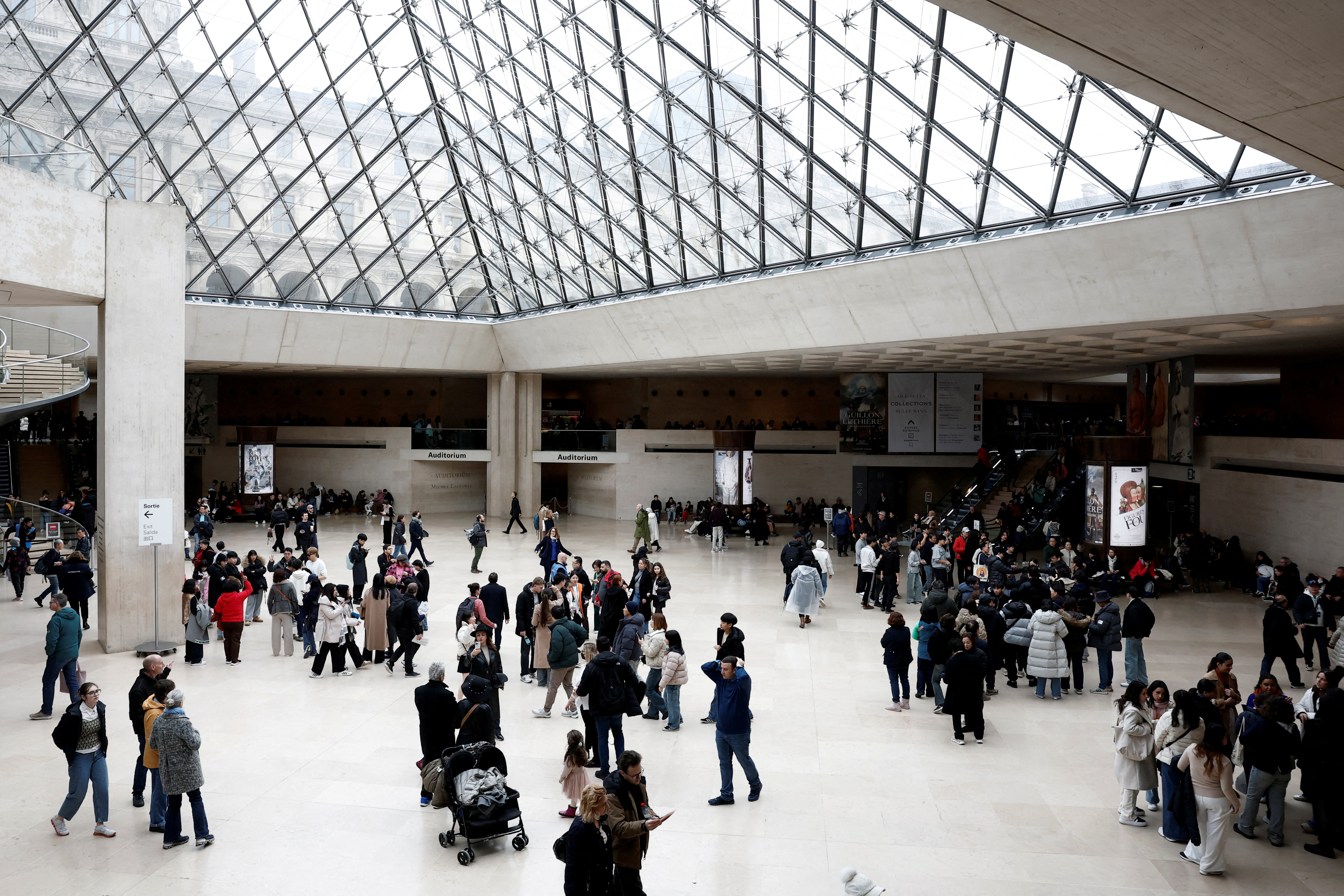France’s Louvre Museum on Monday closed a gallery hosting Greek vases and office spaces as its structures designed in the 1930s are in a dire state, the world’s most visited museum said, less than a month after a daring heist exposed its vulnerabilities.
A new technical report showed weakness in the beams under the second floor of the Sully wing, making it necessary to close the Campana gallery on the first floor and relocate 65 museum staff from the second, the Louvre said in a statement.
The Campana gallery is adjacent to the Apollo gallery, home to the French crown jewels which were targeted in last month’s heist.
“Staff representatives have been warning about the condition of the building for years, because it affects working conditions and visitors,” said Valerie Baud of the CFDT union.
“But we didn’t realise it was this bad,” she said. “It is a major deterioration in the situation.”
After a heist carried out with relative ease, the closure of the gallery is another sign of the museum’s dereliction as highlighted by a state auditor’s report which said the management had neglected security and infrastructure in favour of artwork acquisitions and post-pandemic relaunch projects.
On October 19, two men parked a movers’ lift outside the building, rode up to the second storey, smashed a window, cracked open display cases with angle grinders and drove away on motorbikes with historical jewels worth $102 million.
The jewels have not yet been recovered, though four suspects are being investigated.
Originally built in Paris in the late 12th century, the Louvre Palace was for centuries the official residence of the kings of France, until Louis XIV – weary of rebellious crowds in Paris – abandoned it for Versailles, after which it became a museum for the royal art collection in 1793.







Click here to change your cookie preferences